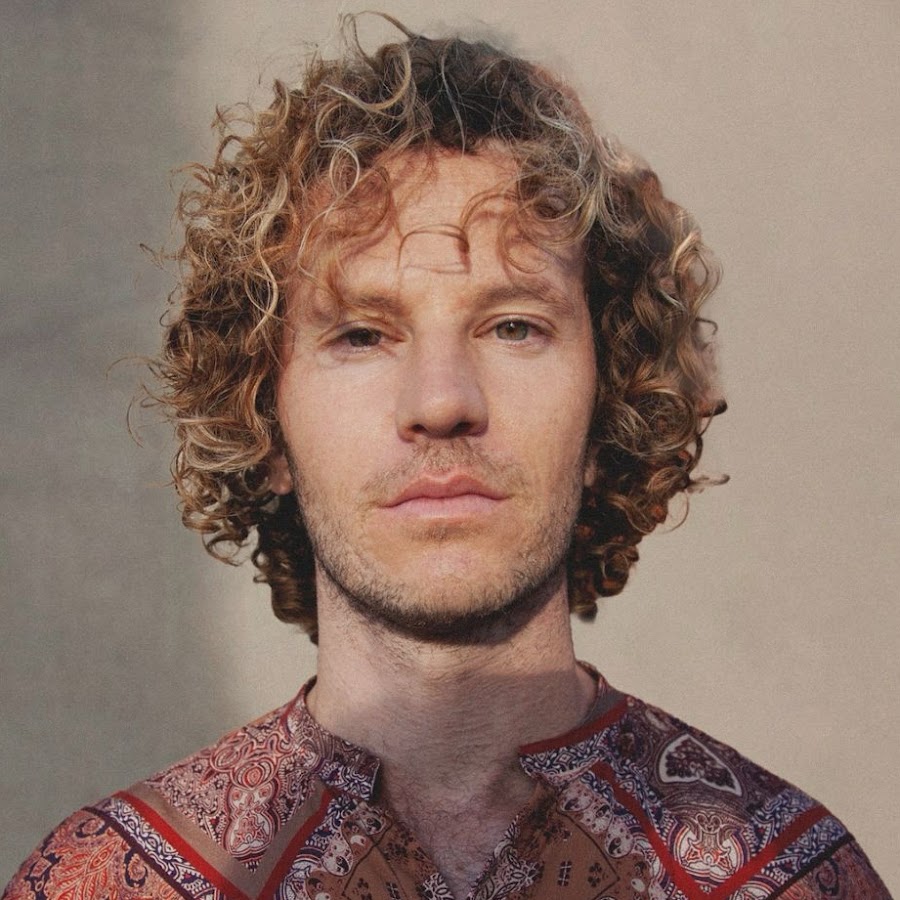The world of anime is well known for its many slang terms, such as "yandere" and the classic "tsundere," not to mention conventions such as isekai and magical girls. But what about a waifu, or the Best Girl or Best Boy of a given franchise? A waifu, or "wife," is not necessarily the Best Girl. These two terms have different criteria.
Of course, it is possible for a character to qualify both as the Best Girl and top waifu of a given anime series, but more often they are two different characters. It could also be said that a waifu is almost entirely subjective and based on personal taste, while a Best Girl is slightly more objective. How does all this work, and what are some notable examples?
What Makes A Waifu: A Rather Subjective Debate
A waifu, or the masculine "husbando," is an anime character who appeals to the viewer as the ideal romantic or domestic partner, someone whom the viewer would want to date or marry. A person's choice in waifu might even loosely reflect their actual criteria for a real-life spouse, though of course, anime characters and real-life people have their differences. Waifus are almost strictly subjective, the same way there is no accounting for taste and how "the heart wants what it wants." An anime fan may realize who their waifu is without even having to think it over, being a gut decision based on aesthetics such as appearance, personality, and more. Someone's choice in waifu doesn't have to be shallow, but compared to Best Girl, it is fairly superficial and intuitive (and that is not a bad thing).
For example, the R-rated hero Midnight is a solid waifu choice from My Hero Academia, owing not only to her aesthetic appeal but also her fun-loving and whimsical personality, and her charming innocent side. Mt. Lady is another fine contender, and in the world of Konosuba, the crusader Darkness is a top choice for waifu, given her kind and bold personality and her relative lack of flaws (comparing well to Aqua anyway).
What Makes A Best Girl or Best Boy?
A Best Girl or Best Boy, meanwhile, is also somewhat subjective and can be a matter of debate, but there are more concrete ideas for what makes one. Overall, the term is closer to "best overall character" in a series, and the character's sex is really just an aesthetic. Best Girls and Boys share most of these criteria, which describe the ideal animated character for any genre of fiction. These traits include honesty, compassion, generosity, patience, a good work ethic, optimism, being proactive, forgiving others, a sense of humor, and more.
It's difficult to argue against any of these qualities, and most of the time they fundamentally make for a good person. A Best Girl will have all of these traits while also having her own unique personality, appearance and lot in life, and the same is true of a Best Boy. Ochaco Uraraka of My Hero Academia fame checks of all these boxes. The same is increasingly true of Shoto Todoroki, who also wows viewers with his enormous power and an intriguing backstory.
If a character has the traits of a Best Girl or Best Boy, and they would be appealing as a romantic partner or spouse, they can indeed be both Best Girl and #1 waifu. However, it is fully possible, and likely common, to recognize someone as Best Girl in a more platonic way, approving of her character for her well-rounded and virtuous design. Someone who is good at school and sports, takes good care of her younger siblings, has a part-time job, plays a musical instrument and has a good sense of humor is a strong contender for Best Girl. At the same time, though, she might lack that intense "it" factor to be a waifu, and she may appeal to a viewer as a good friend or neighbor rather than a future date or wife.
Of course, that's not a strike against her character. Ideally, a series will have a Best Girl or Boy to act as a role model for viewers, without their narrative being entirely dominated by "would you want to marry me?" That question doesn't have to be answered at all.
About The Author

